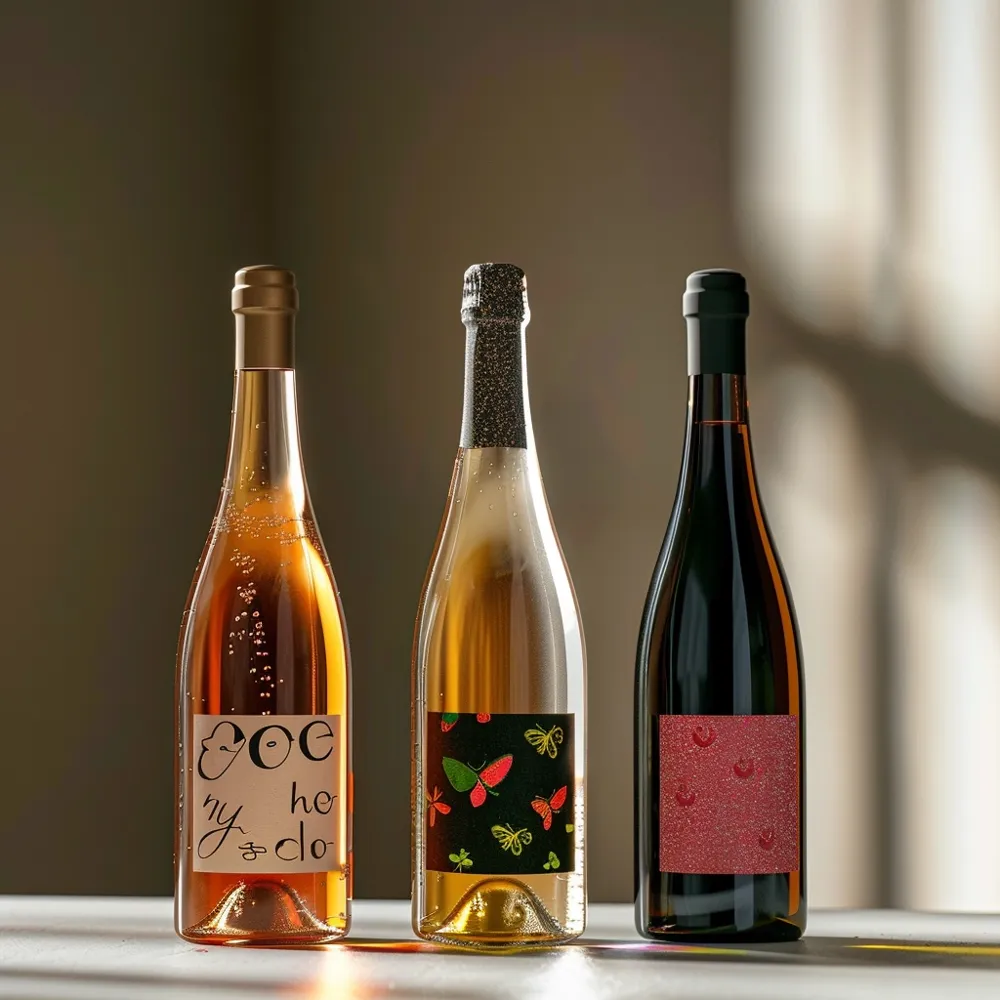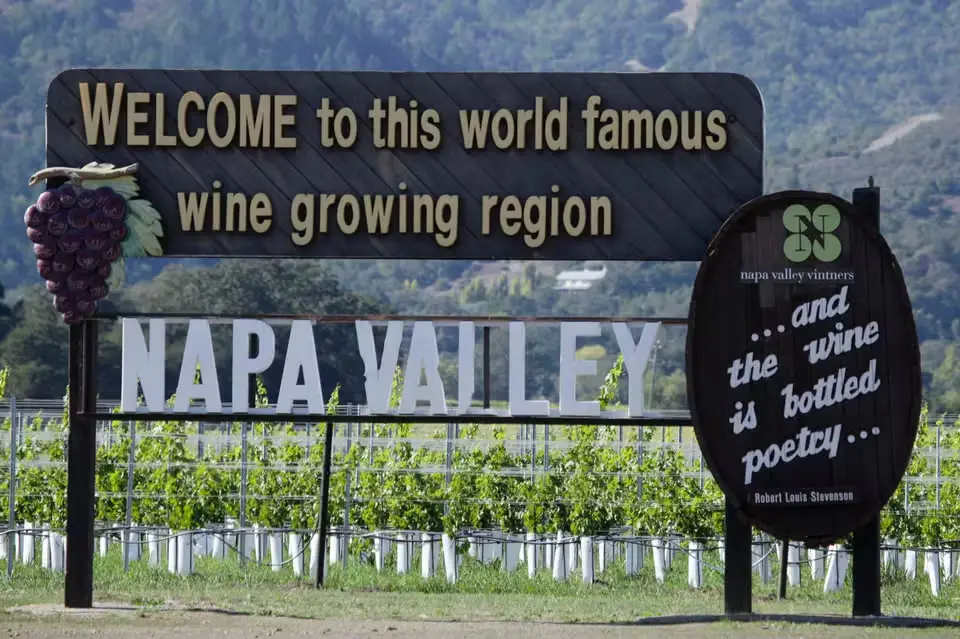What is Glou Glou Wine?
In the world of wine, where terms like "minerality" and "terroir" dominate conversations, there is one phrase that stands out for its playful simplicity: Glou Glou. But what exactly is Glou Glou wine, also known as “vin de soif”, and why has it gained such popularity in recent years?

Drinking without Thinking
Glou Glou wine is fundamentally an experience rather than just a drink. The word itself is a French onomatopoeia that evokes the pleasure of enjoying excellent wine in a relaxed, carefree way by simulating the sound of wine being poured out of a bottle and the sound of a quaff.
Glou Glou wines come in all colors, including red, white, rosé, and orange, but they all share the same approachable and lively character. Typically light-bodied, fruit-forward, and low in tannins and alcohol, Glou Glou wines boast a refreshing acidity that makes them incredibly drinkable.
In contrast to "big wines," Glou Glou wines are usually unoaked, often young, and vibrant, featuring flavors of crunchy fruits. These wines are meant to be enjoyed in their youth, immediately after uncorking, rather than aged for years in a cellar or requiring time to decant. Glou Glou wines are perfect for casual sipping or pairing with a variety of foods.
Carbonic, or Not
Generally speaking, Glou Glou wine is more commonly found in emerging wine regions rather than well-established, traditional ones. For example, in the Rhone Valley, you'll find more Glou Glou wines in Ardeche than in Châteauneuf du Pape.
One of the defining features of Glou Glou wines is their production method, specifically carbonic maceration. This winemaking technique involves fermenting whole clusters of grapes in a carbon dioxide-rich environment, resulting in wines with vibrant fruit flavors and minimal tannins.
While Glou Glou wines can be found around the world, they have strong roots in certain winemaking regions, most notably Beaujolais in France. The Beaujolais region is renowned for producing light-bodied, fruity red wines primarily from the Gamay grape, using carbonic maceration.
However, the Glou Glou style has been embraced by wine regions worldwide. It doesn't have to involve carbonic maceration. For white wines, are fruit-forward without long aging on lees or in oak, while for red wines, thin-skinned, lighter-bodied grapes such as Gamay, Poulsard, Trousseau are usually used for Glou Glou wine.

Glou Glou and the Natural Wine Trend
Glou Glou wine is closely linked to the natural wine movement, which in essence, is a winemaking approach that emphasizes minimal intervention and sustainability but has evolved into a cultural phenomenon over time. Beaujolais, regarded as one of the birthplaces of natural wine, has had a huge impact on the overall natural wine landscape with its juicy, easy-drinking style.
The appeal of natural wine has steadily grown among consumers, particularly in major metropolises like Paris, Amsterdam, New York, and Copenhagen, attracting a younger demographic. People are drawn to natural wine for various reasons, including the cool, eye-catching labels, the authenticity and traceability of what is in the bottle, environmental and health considerations, and the sheer drinkability of the wine. Furthermore, the accessibility of Glou Glou wine, where one doesn't need extensive wine knowledge to enjoy it, has made it favored by the palate of urban millennials and Gen Z.
Post-Parker Homogenous Style or Wine for the People
Like everything, Glou Glou wine has its critics who argue that it lacks complexity and depth. They perceive it as one-dimensional, lacking the sophistication found in more traditional wines. In the post-Parker era with the decline of big, opulent, oaky, and concentrated Parker wines, Glou Glou wine has become as yet another homogenous style.
Whether it's the skin maceration of white wines, carbonic maceration of red wines, or the famous Petnat, they tend to exhibit a similar taste profile, regardless of origin or grape variety. Some winemakers oppose it because they believe the style masks the terroir, which is an integral part of a wine's identity.
However, proponents of Glou Glou wine see it differently. For them, Glou Glou wine represents the democratization of wine, a rejection of snobbery and elitism in favor of inclusion and enjoyment. It's a wine for the people, meant to be shared with friends and enjoyed without pretension or ceremony.
Glou Glou wine is about bringing people together, fostering connections, and celebrating the simple joys of life. We don't promote binge drinking at VinoVoss, only the sharing of beautiful moments with loved ones. Moreover, Glou Glou wine serves as an introduction to wine culture, welcoming newcomers without intimidating etiquette or esoteric wine terms.
So, dear VinoVosser, as a wine lover, do you enjoy Glou Glou wine? Or perhaps you are also skeptical? Here are some delicious Glou Glou wines tasted and selected by the VinoVosser wine experts, for the next time you want to enjoy a casual sip.
Sylvia Ba



